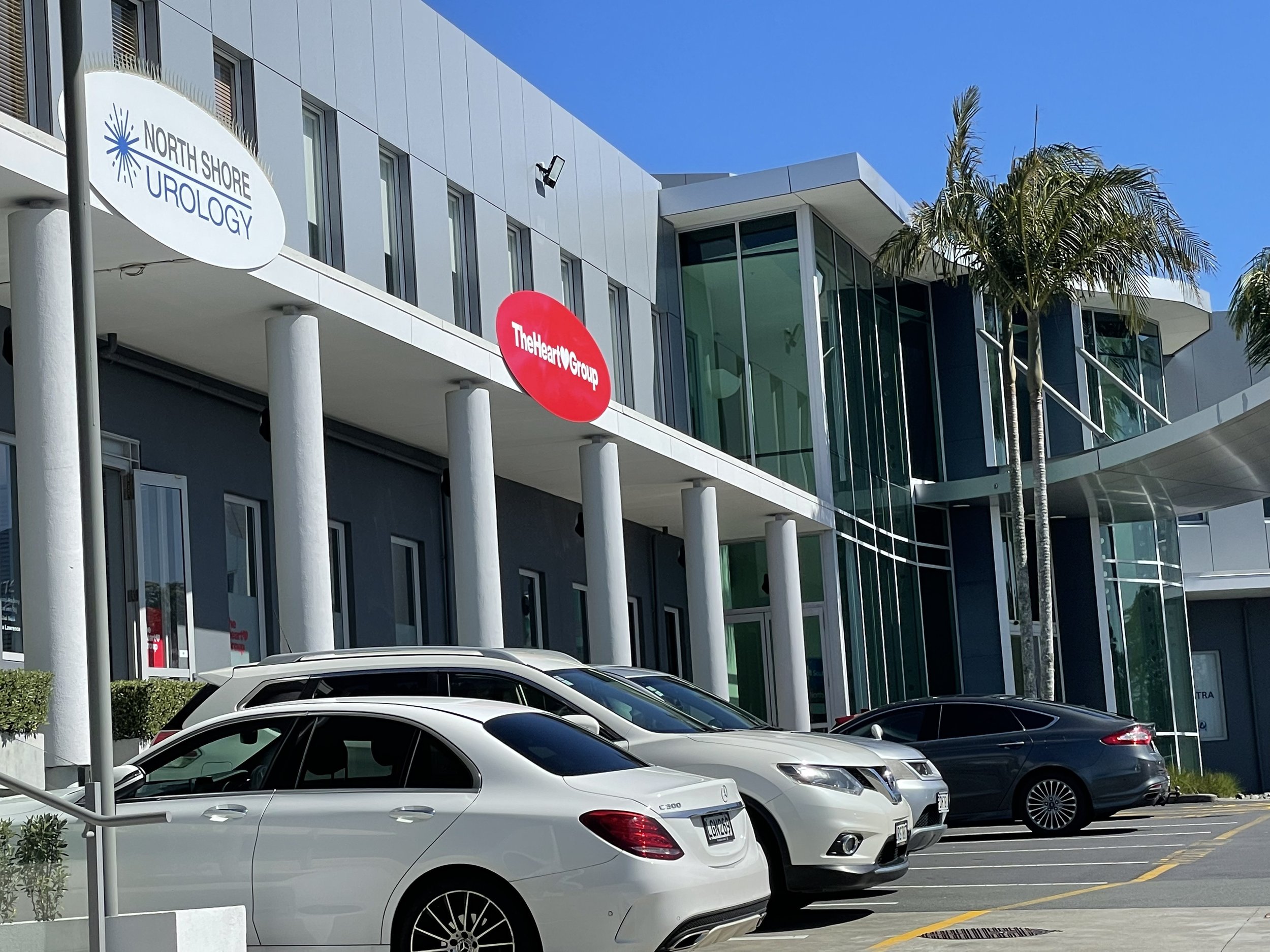Laser
Dr Mischel Neill has extensive experience providing his patients with laser services from his Auckland practices.
Laser therapies use light tuned to a specific wavelength and focused to create a beam. In an industrial setting, lasers can generate intense power to cut through the hardest of materials but surgeons use lasers because they offer high levels of precision, damaging less of the surrounding tissues.
Lasers have been used in urology since the mid-70s and over this time advancement in technology means that the number of applications has progressively increased. In urology, laser energy is used for removing non-cancerous prostate growth, cutting through scar tissue, treating some cancers and for kidney stone removal.
Please call (09) 309 0912 if you wish to discuss your health further or schedule an appointment.
-

Laser prostatectomy
A laser prostatectomy is a procedure that involves removing part or all of the prostate gland.
-

Laser BNI
A laser BNI is a procedure that opens the neck of the bladder, relieving pressure and improving flow.
-

Laser urethrotomy
A laser urethrotomy is a procedure that removes scar tissues from the urinary tract.
-

Stones
Laser procedures can help remove urinary stones (hardened mineral deposits) from the kidney.
-

FAQs
Answers to the most common questions our patients ask us — from our specialities to surgery process.
“My goal is to help you live life fully through my urological services. Together, we can work through any health issues you may have.”
— Dr Mischel Neill









How it works
LASER is taken from the first letters of the phrase Light Amplification by Stimulated Emission of Radiation. A tuned and focussed beam of light is applied to tissues for surgical treatment. The energy and frequency of the light can be changed to achieve different goals.
In soft tissue, such as within the prostate or for scarring, the light is absorbed and converted to heat energy. This coagulates and vapourises the tissue allowing it to be dissected out or cut through. Laser energy cauterises blood vessels as it cuts, essentially welding them sealed. This is an important effect as it reduces the amount of bleeding during a procedure.
When lasering kidney stones, most of the work comes from the delivery of energy that causes shockwaves within the stone which breaks it along natural planes of weakness. A plasma bubble rapidly forms and collapses at the front of the stone delivering this energy. The effect of heating the stone and the water within it has some bearing on the process but is of less importance than in soft tissue surgery.
-
Lasers allow a high level of precision in surgery because they are highly focussed and only penetrate a short distance into tissues. Shallower incisions mean less damage to surrounding tissues.
Laser energy seals blood vessels closed which reduces bleeding during a procedure. This may be particularly important in the situation where other medical problems need blood thinning anticoagulants to prevent complications.
Laser energy seals nerve endings and lymph vessels as it cuts. This may allow less swelling, pain and scarring than with more traditional surgeries.
Lasers are inserted through endoscopes (rigid or flexible instruments with a camera, irrigating system and working channel) that can be passed through natural openings in the body such as the urethra (outflow pipe for urine) which means that open surgical wounds are avoided.
The versatility of lasers enables the treatment of both stones and some cancers in the upper reaches of the kidney and ureter which are normally hard to access.
Camera-based prostate resection requires an irrigating fluid to run throughout the procedure so that tissues can be seen well. With TURP (transurethral resection of the prostate) the irrigating fluid required may in some cases lead to significant disruptions in blood salt and fluid levels. This is called TURP syndrome and can make men very unwell if not recognised early. By contrast, laser surgery avoids this problem because it can be done using a balanced salt water solution as the irrigating fluid.
